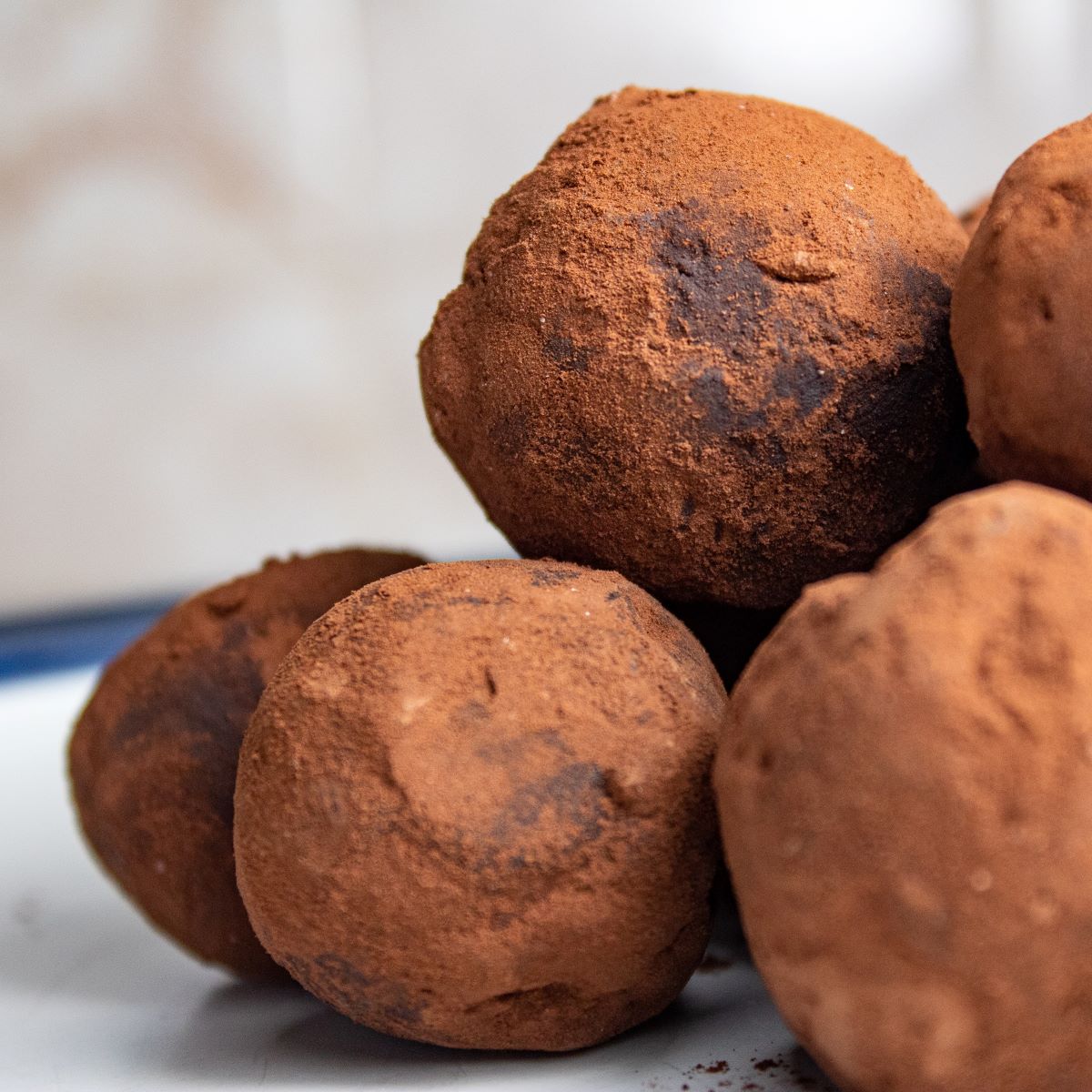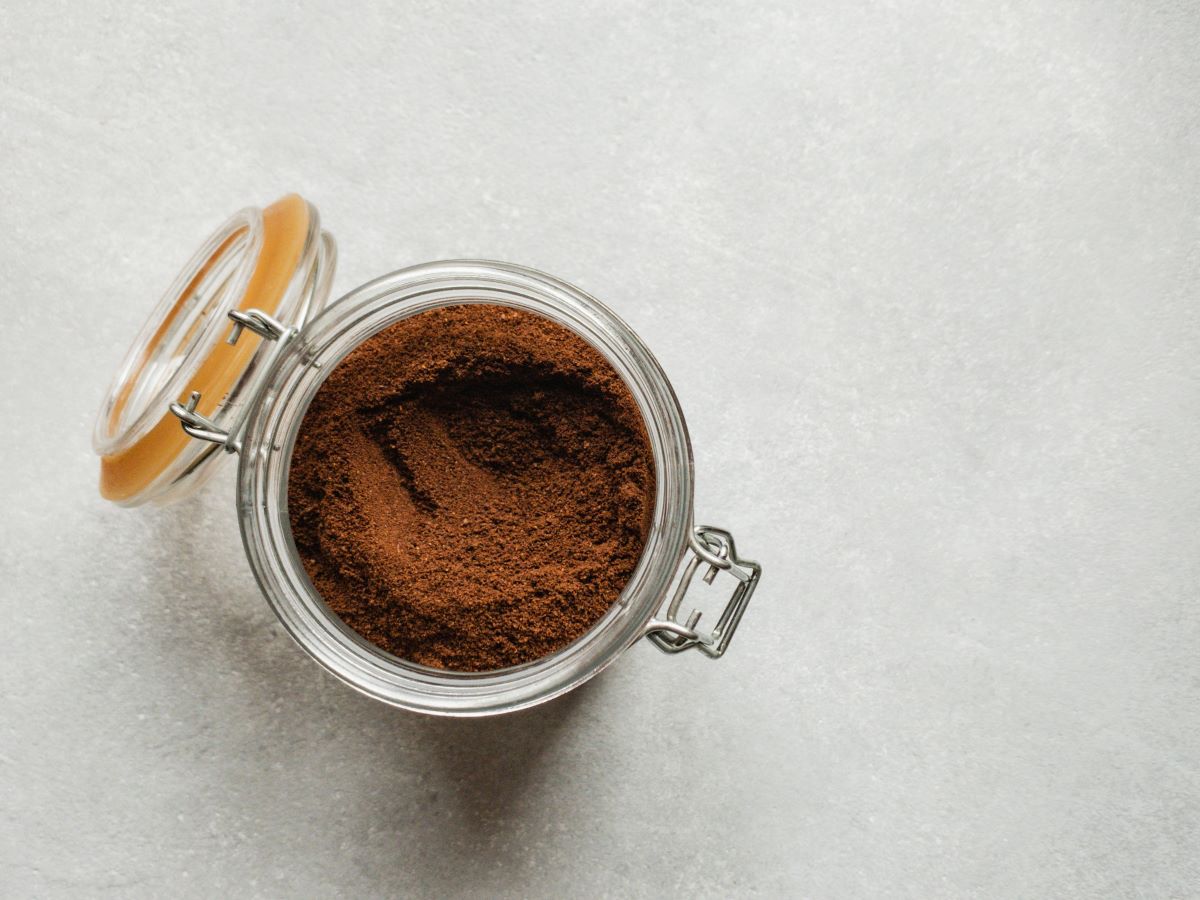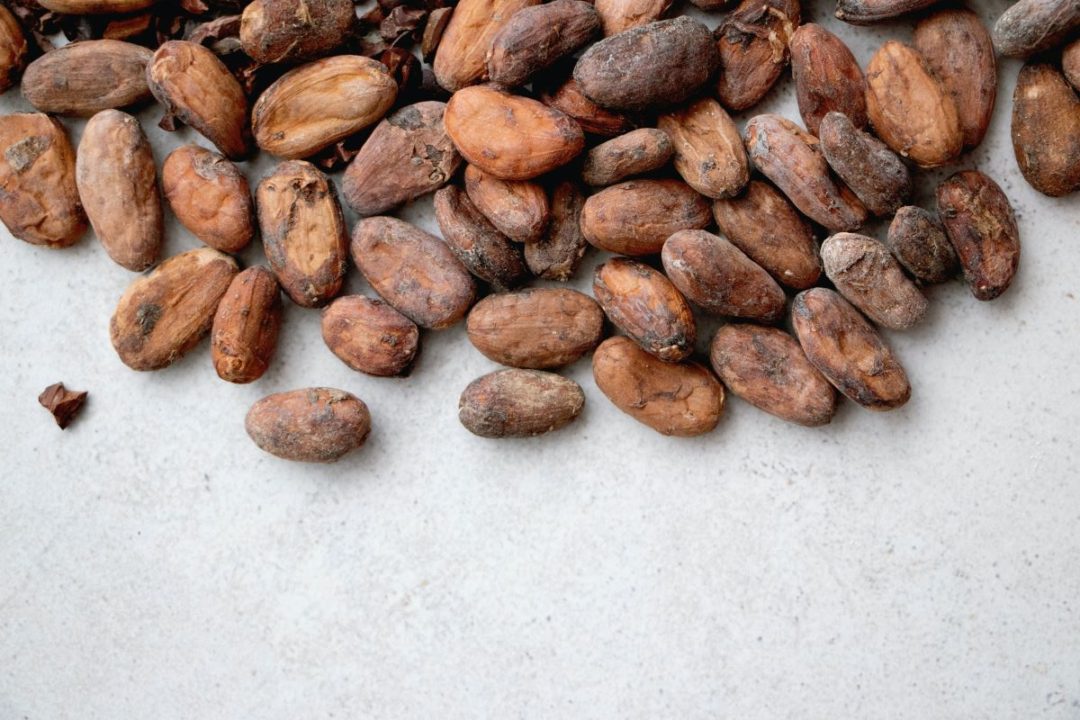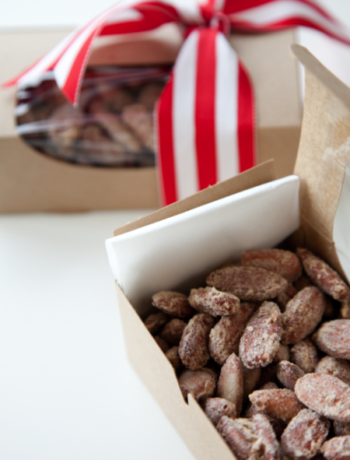Have you ever felt like the harvesting, processing, and producing of chocolate has its very own language? Reading all the labels on chocolate and cocoa powder can be confusing, especially when you don’t even know what certain words mean. So, before jumping off into the world of cocoa powder, we thought it would be a good idea to pin down some common terminology. Here are some of the words and definitions you should know if you want to learn more about the specifics of cocoa powder. That way you can speak the language of chocolate and shop the wide selection at our kitchen supply store with confidence.
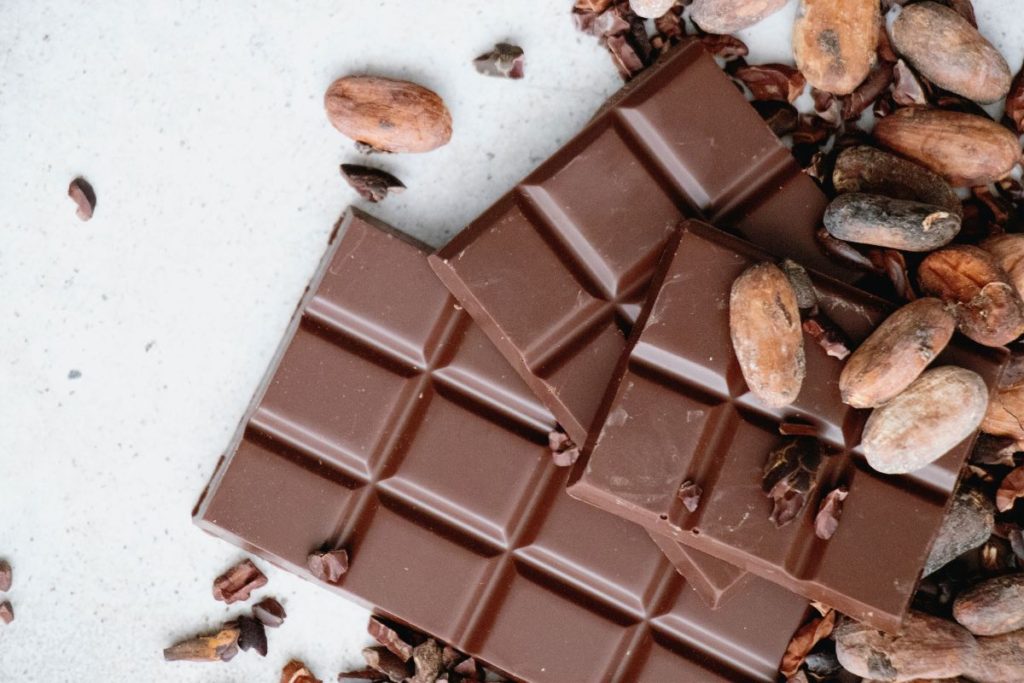
Alkalized (Dutch Process) Cocoa Powder
Dutch process cocoa powder is treated with alkali to reduce acidity, develop certain flavors, and make it more soluble. Products range from very light reddish-brown to dark reddish-brown with mild to strong cocoa flavor.
Bean to Bar
Process of making chocolate bars from cacao beans.
Cacao
The raw, agricultural ingredient used to make chocolate, as well as the plant itself. Cacao and cocoa are often used interchangeably. In the chocolate industry cacao usually describes the raw ingredient or any food products derived from the cocoa bean that remain raw.
Cacao Bean
Cacao pods grow off the limbs and trunk of the cacao tree by the scientific name of Theobroma cacao. Cacao beans are found inside the pods.
Cacao Powder
The main difference between cacao powder and cocoa powder is processing. Cacao powder is made of fermented and not roasted seeds processed at a low temperature (cold-pressed) and milled into powder. This type of processing retains the nutritional benefits and bitter flavor of the raw ingredient. Cacao powder has a stronger flavor and absorbs more liquid.
Chocolate
A refined and sweetened edible product processed from cacao.
Chocolate Liquor / Cocoa Liquor
The American term for cocoa mass, when nibs are ground into finer particles (does not contain any alcohol).
Cocoa
Once dried, fermented, and processed the cacao is referred to as cocoa in the form of nibs or beans. And cocoa references all processed elements like cocoa powder and cocoa butter.
Cocoa Butter
Fat from the cacao bean, with the solid matter removed.
Cocoa Mass
Finely ground cocoa nibs also known as cocoa liquor. When the mass is processed it yields two products: cocoa butter and cocoa powder. The mass is solid at room temperature.
Cocoa Powder
Ground, dried solids from the cacao beans with cocoa butter removed. Comes from fermented and roasted beans processed at a higher heat and milled into powder. The result is a product that is less bitter and does not absorb as much water.
Cocoa Solids
A mixture of the many substances remaining after cocoa butter is extracted. When sold as an end product, the solids are referred to as cocoa powder or cocoa.
Conching
The final step in chocolate flavor development. The conch churns and cooks chocolate at different temperatures and different lengths of time to develop different flavors while creating a smooth, silky texture.
Cotyledons
Part of a fresh-cut cacao bean that later becomes the nib when the bean is dried.
Fermentation
Cacao beans are cleaned and fermented after harvesting, sometimes in bags or boxes or with banana leaves.
Lecithin
An emulsifier that decreases the viscosity of chocolate and is generally used to reduce the amount of necessary cocoa butter for given formulations.
Nibs
Broken bits of the dried and fermented cacao bean, formed during roasting.
Raw Chocolate
Produced in minimally heated and processed form, made from unroasted cacao beans and cold pressed cacao butter. No highly processed sugars, refined sugars, milk, or dairy are used.
Stone Grinding
After winnowing, cacao nibs are ground down smaller and smaller with a stone grinding machine or melangeur. It is the ideal process for chocolatiers who want to make chocolate from bean to bar.
Theobroma Cacao
The scientific, botanical designation for cacao. The genus name, Theobroma, is derived from the ancient Greek words for “god” and “food.”
Winnowing
Beans are cleaned, fermented, and dried. Then they are roasted. The winnowing process removes the papery shell from the nibs.
